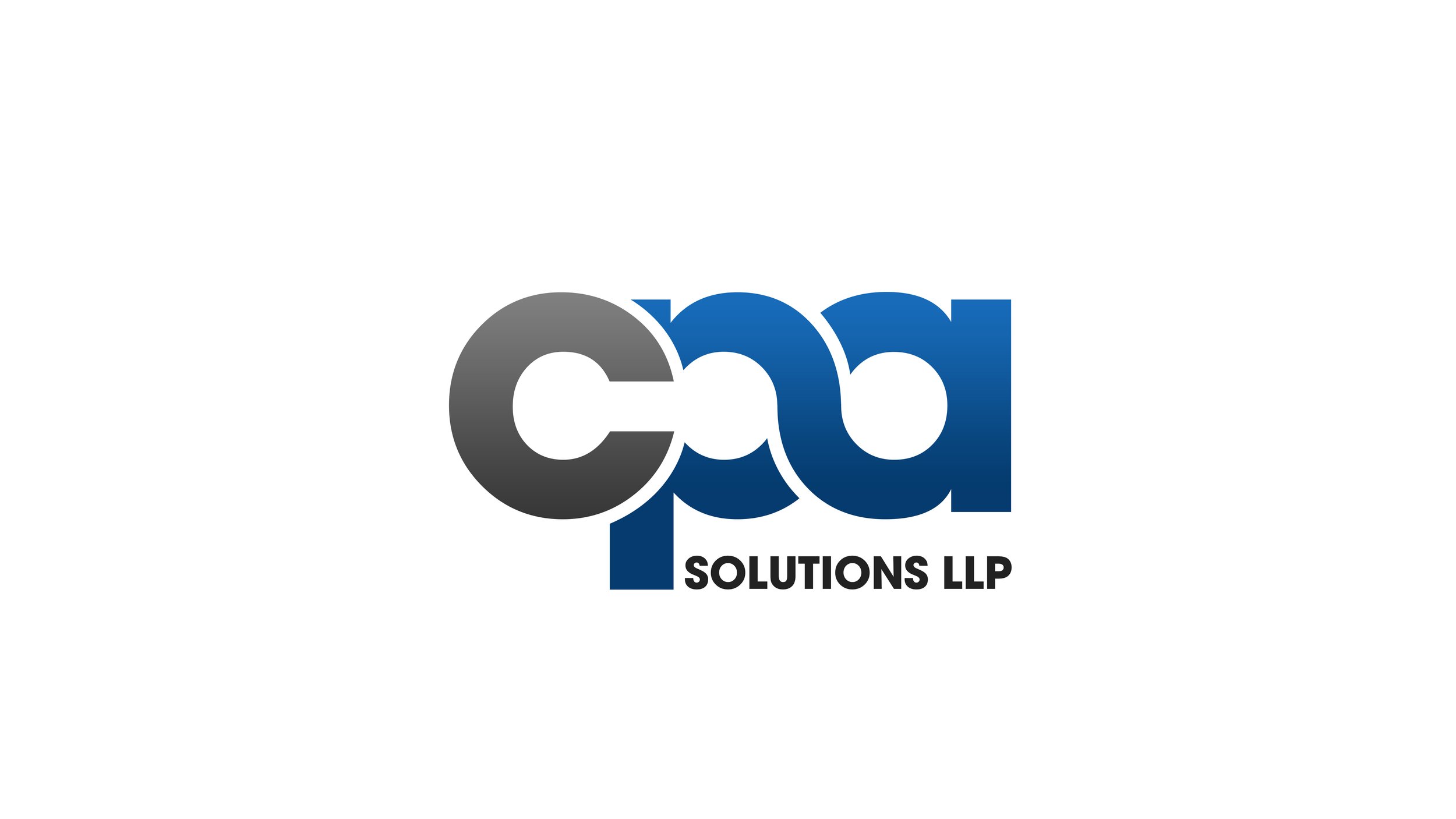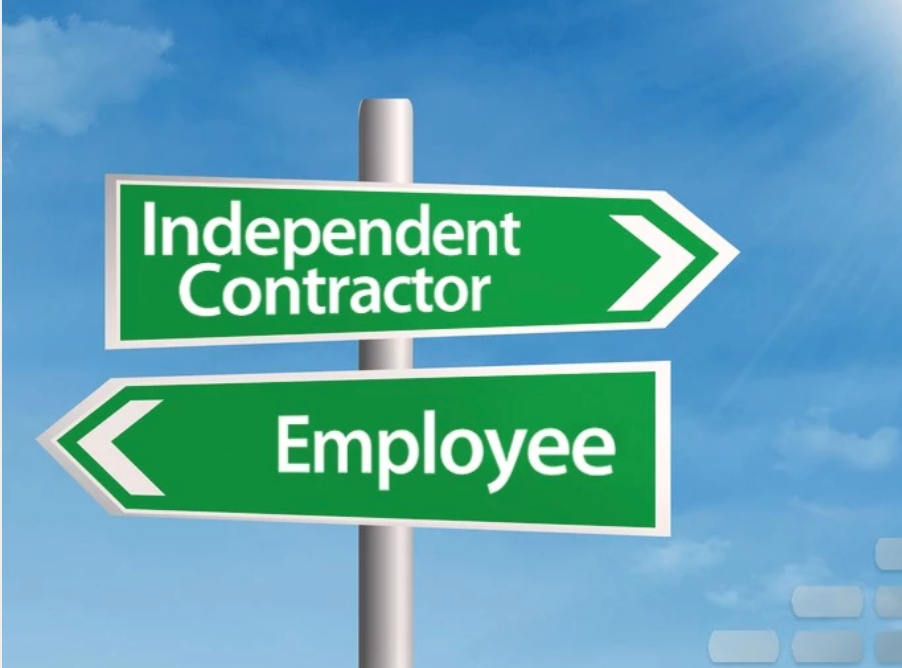CPP/EI Status Rulings From CRA Could Trigger Further Examination
Many small businesses hire ‘contractors’ to assist their companies to pursue various endeavours. Determining whether he or she should be properly classified for tax purposes as an employee or as a self-employed independent contractor may require further analysis from your accounting professional. This may require having to file a Voluntary Disclosures Program application with CRA.
The issue might ultimately need to be settled by Canada Revenue Agency (CRA), and the determination of employee or self-employed has significant implications for the business.
This could impact required withholding related to Canada Pension Plan (CPP) contributions, Employment Insurance (EI) premiums on wages, and lead to further examination from CRA, including a goods and services (GST) or harmonized sales tax (HST) audit. Additional rulings might be required, necessitating the payment of further payroll taxes, interest and penalties, and fees.
In situations where additional withholding taxes are required, but the company is bankrupt, its directors will be liable for those payments.
“A payer can ask the CRA for a ruling if they are not sure whether they should deduct CPP contributions and EI premiums from a worker’s pay. And a worker can also request a ruling to ask whether CPP contributions and EI premiums should be deducted from their pay,” noted the CRA’s CPP/EI Rulings Division.
CRA made this comment at a roundtable sponsored by STEP, the global professional association for practitioners that specialize in succession planning and family inheritance. CRA had been requested by STEP to confirm whether it is their internal policy to review trust accounts of the payer after a CPP/EI ruling has been completed.
If it is determined that the worker is an employee and the wages paid are either pensionable and/or insurable, then the employer is liable for deducting and remitting income tax, Canada Pension Plan (CPP) contributions and Employment Insurance (EI) premiums on those wages.
This determination can also result in further examination under certain circumstances.
For example, if the contractor is deemed to be an employee this might result in an HST audit if the employer has inadvertently claimed an incorrect amount of tax credits. The opposite situation may be true where the individual hired is deemed to be an independent contractor and the employer has overpaid CPP contributions and EI premiums, and is ineligible to claim any input tax credits by virtue of the input tax credit claim is statute-barred.
The Agency’s June 2019 comment [2019-0798351C6] stated that it will not automatically send a referral to its Trust Accounts Examination Division, but only do so “in specific situations and solely to ensure compliance from the employer.”
CRA elaborated on that point, citing three examples where such a referral could be sent, including:
“If the ruling changed the employment status of the worker from self-employed to employee or from employee to self-employed;
“If, after examining all the circumstances of the employment of a worker who is related to the employer, the CRA determined that they were dealing at arm's length and that the employment was insurable, but the employer did not remit EI premiums for the worker;
“Or for example if the ruling confirmed there was an employer/employee relationship and no source deductions have been made and the payer has not reported the wages or issued T4 slips in the name of the worker.”
The CRA comment also noted that “When the Collections and Verification Branch receives a referral from the CPP/EI Rulings Division for a completed ruling, the employer account is assigned for a trust accounts examination. The examination officer will contact the employer for an appointment so that the officer can examine the employer’s payroll books and records.”
When an examination is required, the examining officer’s job is to confirm or validate that the employer has deducted and remitted the required CPP and/or EI for the ruled employee for the period specified in the CPP/EI Rulings Division’s letter sent to the employer.
The CRA comment further noted that “When a trust accounts examination referral is received from the CPP/EI Rulings Division for a payroll examination, the examination officer will also review the GST/HST account on the CRA database to determine whether there are any outstanding returns. If the GST/HST account is non-compliant, the examination officer will examine the employer/registrant payroll and GST/HST books and records.”
This trust examination can lead to additional requests for rulings, along with additional payroll taxes, interest and penalties, and, possibly, additional professional fees in connection with such representations to the CRA.

